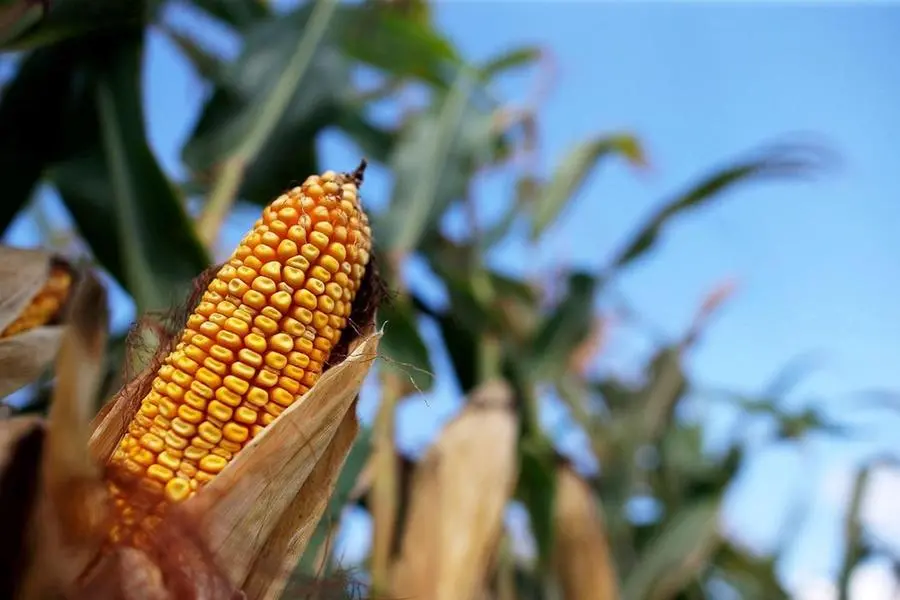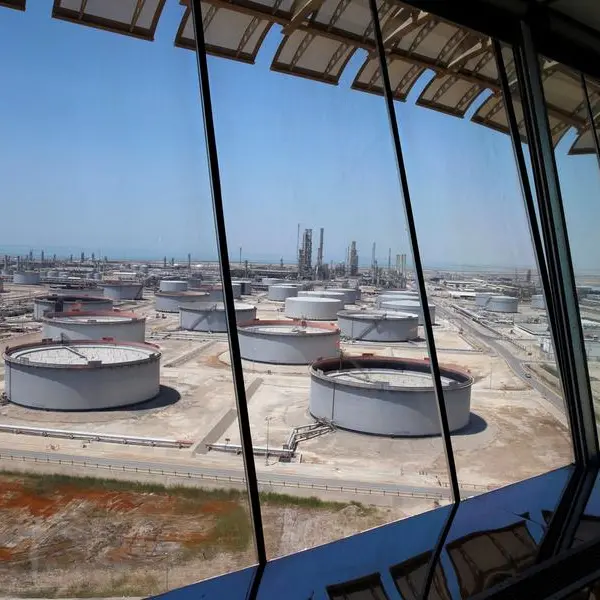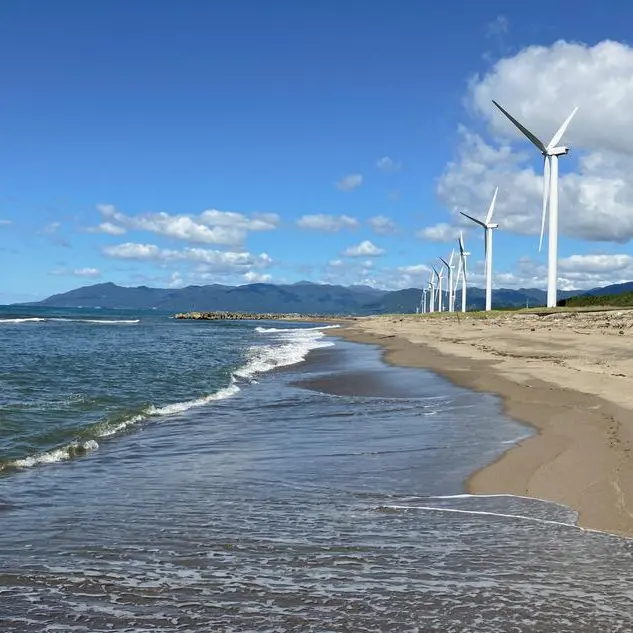PHOTO
Image used for illustrative purpose. Corn is seen in a field in Morocco, Indiana, U.S. September 6, 2016. Jim Young, Reuters
(The opinions expressed here are those of the author, a market analyst for Reuters.)
NAPERVILLE, Illinois: U.S. corn yield possibilities for this summer are still wide open, though industry participants might disagree over what represents a “normal” yield due to some recent trends.
In the last four seasons, U.S. corn yield has fallen below the initial trend calculated by the Department of Agriculture, but that follows a five-year streak where yields surpassed trends.
So what is the true starting point for 2023?
This question was discussed during USDA’s data users’ meeting on Tuesday, where the agency’s unofficial 2023 U.S. corn trend yield of 181.5 bushels per acre was challenged as potentially too high. That is well above the record of 176.7 bpa set in 2021.
Critics of USDA’s trend yield argue that if the number is excessively high, it can falsely inflate the printed ending stock estimates until survey data is first collected in August.
USDA officials on Tuesday reminded the audience that the trend yield model for corn assumes both normal summer weather and planting progress, adding that a yield above 181.5 bpa might be expected with normal planting progress and above-average summer weather.
Past yield observations by state may help further contextualize this number, and five-year average harvested corn area by state is used in the analysis for weighting purposes.
If all U.S. states this year achieved their highest corn yield since 2014, which would capture most major states’ all-time highs, national yield computes to 187.2 bpa. If each state threw their third-highest yield of the last nine years, the result is 179.9.
A similar 179.8 bpa ensues if every state’s yield matches the average of the best three out of the past five years. However, the top producing states rarely achieve these types of stats all at once.
But there have been strong performances. In 2016, only one of the top 11 states – accounting for 85% of national corn production combined – failed to produce a yield better than its three-year average. In 2017, only two states failed to do the same, and three failed in 2021, two of them by a huge margin.
Setting state yields at a straight five-year average produces 173.0 bpa, and an Olympic five-year average, dropping high and low, yields 174.5. However, most analysts probably support a national corn trend higher than these numbers, which are in the vicinity of what USDA was using for trend in 2018.
Surveys conducted by USDA’s statistics service have previously produced yield estimates above 180 bpa three times, perhaps supporting the feasibility. One was 181.8 in August 2020, and the other two were 181.3 and 180.7 in September and October 2018, respectively. Those two 2018 estimates included both producer surveys and field observations. Karen Braun is a market analyst for Reuters. Views expressed above are her own.
(Writing by Karen Braun Editing by Matthew Lewis)





















